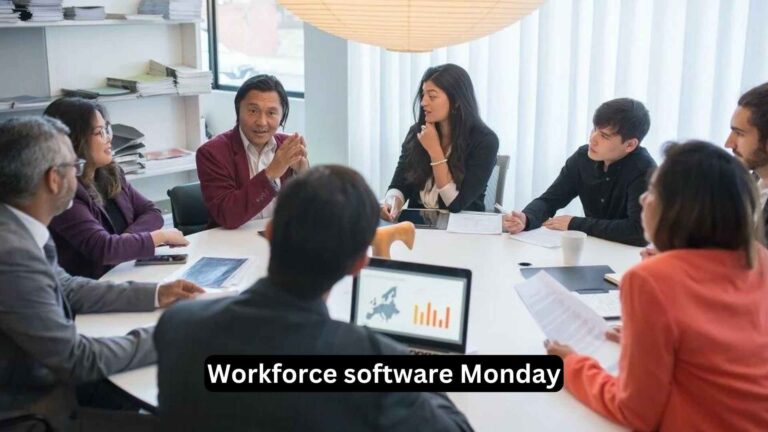Why Physical Access Control is Essential for Your Business Security
Whether showing investors around the office or inviting contractors into a production facility, all business have visitors that need to get inside. Reasonable visitor management procedures are crucial to maintaining security and keeping efficiency high.
Older physical access control systems require standalone servers, increasing maintenance and licensing costs and creating single points of failure. Newer, open architecture systems provide IT and security departments with a variety of advantages, including:
Security
If you are a building management or business owner, you must track who enters and leaves your property. You can do this with physical access control systems, which keep track of entry and exit from all doors in the building. Protecting your workers and assets in this manner is safe and effective.
These systems can also integrate with security software for a fuller picture of your business. This can give you data about when and where certain people enter your business and who is in which rooms. This is particularly helpful for companies that deal with sensitive information, such as credit card data.
A physical access system will also make it easier to monitor the activity of your employees. In the event of an inside threat, having this feature is fantastic. Keeping a record of what everyone is doing will allow for more effective responses in the future.
Another benefit of physical access control is that it makes your business less vulnerable to external threats. This is because breaking into a building with these systems is more arduous, making crimes and other external threats less likely. This also applies to internal threats, as criminals are opportunistic, and if they know that the business is using weaker security methods, they will be more likely to take advantage.
Access Control
Access control is a set of methods to control entry into a secure area or space. The method of entry can be based on anything from an ID badge or key fob to coded entry, number plate recognition, and more. The purpose is to limit access to the building or specific spaces that contain sensitive equipment or data, such as a medical laboratory, bank vault, or office building.
A move away from traditional locks and fundamental security, modern physical access control systems is a much more sophisticated way to protect your business. They can be designed to work with your IT system by binding with an existing HR employee database, Active Directory, or Identity Access Management (IAM) platform. This allows organizations to use their current credentials for building and network access, reducing the cost of maintaining two sets of user identities.
The ability to provide temporary access is also a feature of many modern physical access control systems. Allowing businesses to grant access to visitors, contractors, and suppliers with ease without requiring a change to the security plan. This can also reduce the costs of crucial exchange and additional security personnel.
Another advantage is that most physical access control systems can be integrated into a building’s HVAC and electrical system to automatically lock after hours or lower or raise the temperature to save energy costs. This can be particularly helpful if you have multiple locations and need to manage access across sites with one system.
Access Management
Physical Access Control systems ensure only the right people can enter your premises. This is done through technology that controls your workplace’s doors, locks, gates, and barriers. The system also enables emergency access in case of fire, power outage, or other incidents.
These systems translate your organization’s guidelines about who can access. Which areas into verification that locks and unlocks the appropriate barriers and doors. They’re designed to use various identification methods, from traditional swipe cards and key fobs to mobile credentials, biometrics, and more.
While the primary focus of these systems is to control unauthorized entry into physical spaces, they’re increasingly being used to connect with logical security solutions. The convergence of physical and logical access management is increasing. Your choice of systems must work well together to deliver the best results for your business.
The most common way to integrate physical and logical access control is to ensure the systems can easily connect with your standard IT solutions. IT professionals will want to choose a physical access control system. That can bind with an existing IT database or other identity management platforms. This bind will eliminate the need to maintain two identities for employees and visitors.
Installation
Physical security systems are a more visible line of defense. Than digital security and can be one of the most critical components of a business’s overall security plan. You might see it on the evening news when a person with dangerous intent enters a building or space containing expensive equipment. Still, it prevents people from wandering into server rooms, areas with hazardous materials, and more.
Traditional key-based systems have a few issues, such as janitors or other staff needed to carry many keys and the potential for keys to be lost, which leaves the company unprotected. An access control system eliminates this by requiring all entry to the building to be monitored.
When a door is opened, a signal is sent to the control panel. Where it is verified that the credentials are valid. The board then allows or denies access to a specific area based on the management dashboard or portal permissions. This system provides office administrators, IT managers, or heads of security to set permissions based on shifts. Times of day, an employee’s rank or job title, and more.
The control panels are often installed in a secure location to ensure the safety of. The hardware and that all credentials and access logs are stored offsite. You can even find cloud-based solutions that don’t require a dedicated on-site server. Meaning identity and permissions are hosted in the cloud and can be updated remotely from anywhere in the world.
For more: businesstechtime.com






